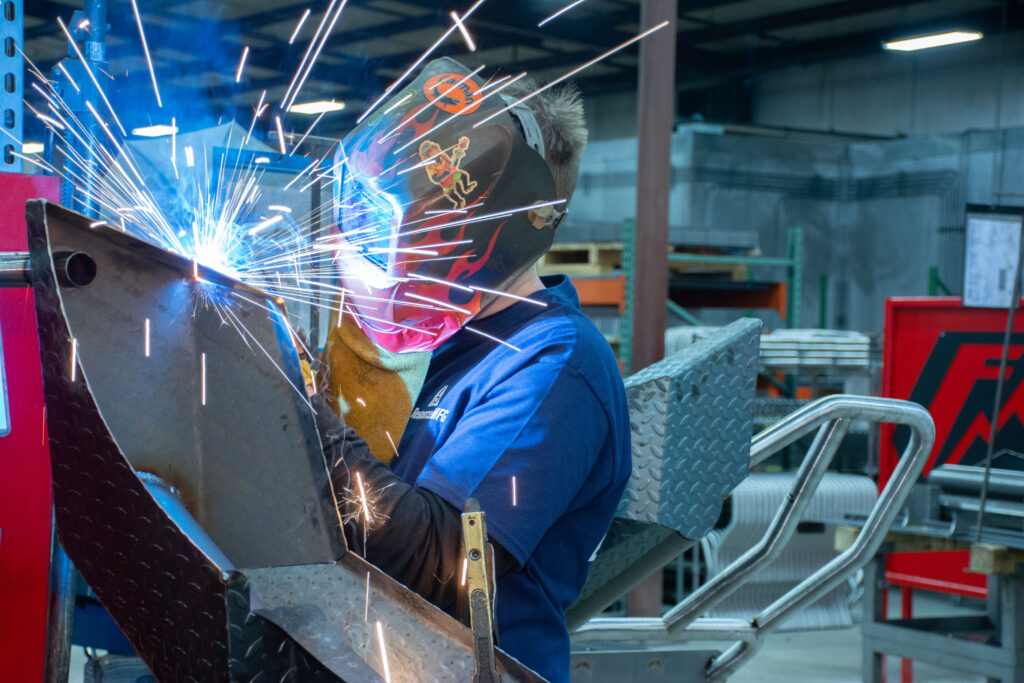Understanding the weld process
What Is the Weld Process?
Welding is a fundamental and indispensable process that plays an important role in joining materials, fabricating structures, and supporting several industries. If you’ve been considering a career in welding, there is much to consider before embarking on a professional journey in the field.
Read on for a closer look at the welding process and the exciting opportunities it offers for those looking to make a mark in the world of metalworking.
What is welding?
Unlike soldering or brazing, welding involves melting two or more pieces of base materials to form a stable bond. The process works by heating the workpieces to form a molten pool that solidifies into a single, sturdy weld — sometimes even stronger than the parent metals themselves.
Welding has become the backbone for several industries, including manufacturing, construction, aerospace, automotive, and shipbuilding. Research shows there are over 400,000 welders currently employed in the U.S. As industries innovate, and new product concepts are created, the demand for skilled welders becomes more significant – making becoming a welder a promising career move.

The basics of the weld process
Several welding methods exist, and they rely on a few common elements for success:
- A heat source: Professional welding requires a heat source to melt the base metals, allowing them to fuse. There are multiple techniques a skilled welder can use to generate heat including electric arc, gas, laser, and friction welding.
- Filler material: In some welding processes, professionals can add a material called filler metal to strengthen the weld joint. The type and composition of the filler material added depend on the metals welded and the specific process used.
- Shielding: A shielding gas or flux is often used to protect the molten weld pool from contamination and oxidation. This promotes the integrity of the weld and ensures a clean and strong bond.
Qualifications for professional welding
So, what are the specific skills and qualifications you’ll need to kickstart a lucrative career in welding?
According to the U.S. Bureau of Labor Statistics, the typical level of education that most workers need to enter this occupation is a high school diploma or equivalent. However, most aspiring welders undergo specialized training at high schools, vocational schools, or community colleges as well. There are also valuable opportunities for apprenticeship or internship programs to consider.
While not generally a requirement for a career in professional welding, you have the option to pursue postsecondary education. By enrolling in an associate degree program in welding technology or obtaining a welding certificate, you can become proficient with the tools and practices used in welding to set yourself and your skill set apart from other welding professionals.
Explore career opportunities in welding
Understanding the fundamentals of the welding process is the cornerstone of becoming a welder. Not to mention it’s the key to producing strong, safe, and high-quality welds — regardless of the technique you’re using.
When you’re ready to dive into a career in welding, ResourceMFG is here to support you. At ResourceMFG, we’re dedicated to connecting qualified talent with rewarding positions at leading companies across the nation. With competitive salaries, comprehensive benefits, and an emphasis on well-being, we’re here to help you jump-start a successful and fulfilling career today.
If you’re ready to take the next step in the field of welding, discover all of the career opportunities available at ResourceMFG, or contact your local branch to learn more about how we can help you.